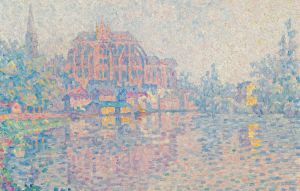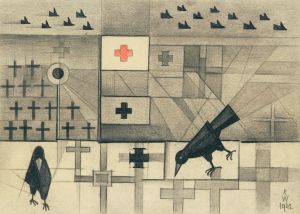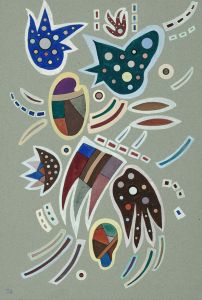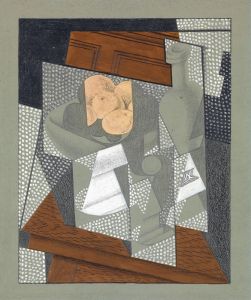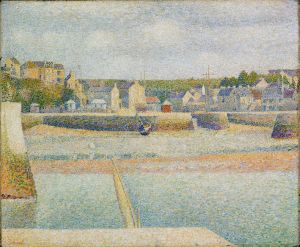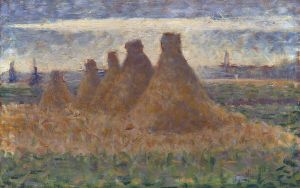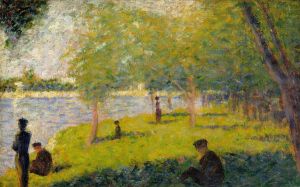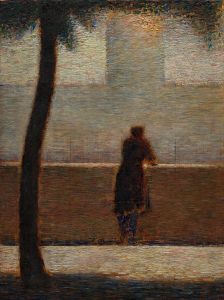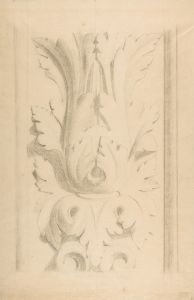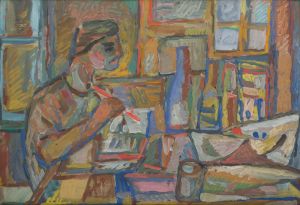
Seated Monkey
A hand-painted replica of Georges Seurat’s masterpiece Seated Monkey, meticulously crafted by professional artists to capture the true essence of the original. Each piece is created with museum-quality canvas and rare mineral pigments, carefully painted by experienced artists with delicate brushstrokes and rich, layered colors to perfectly recreate the texture of the original artwork. Unlike machine-printed reproductions, this hand-painted version brings the painting to life, infused with the artist’s emotions and skill in every stroke. Whether for personal collection or home decoration, it instantly elevates the artistic atmosphere of any space.
Georges Seurat, a pioneering French post-Impressionist artist, is renowned for his innovative use of color and technique, particularly through his development of pointillism. Among his diverse body of work, "Seated Monkey" is a notable piece that showcases his unique artistic approach. Painted in 1887-1888, this artwork is a fine example of Seurat's exploration of form and color through the meticulous application of small dots of paint.
"Seated Monkey" depicts a monkey sitting in a relaxed pose, rendered with Seurat's characteristic pointillist technique. This method involves the application of small, distinct dots of color that, when viewed from a distance, visually blend to form a cohesive image. This technique was revolutionary at the time and marked a departure from traditional methods of blending pigments on a palette. Seurat's approach was heavily influenced by contemporary theories of color and optics, particularly the work of scientists like Michel Eugène Chevreul and Ogden Rood, who explored the ways in which colors interact and are perceived by the human eye.
The painting is relatively small in size, measuring approximately 15.2 x 25.4 cm (6 x 10 inches). Despite its modest dimensions, "Seated Monkey" is a testament to Seurat's ability to convey depth, texture, and emotion through his innovative technique. The composition is simple yet effective, focusing solely on the monkey, which is depicted with a sense of calm and introspection. The background is minimal, allowing the viewer to concentrate on the subject and the interplay of colors that define its form.
Seurat's choice of a monkey as the subject is intriguing and somewhat unusual, as his oeuvre predominantly features human figures and landscapes. This choice may reflect his interest in exploring different forms and textures, as well as his desire to experiment with the depiction of non-human subjects. The painting's simplicity and focus on a single subject allow Seurat to demonstrate the effectiveness of pointillism in capturing the nuances of light and shadow.
"Seated Monkey" is part of a broader series of works in which Seurat applied his pointillist technique to various subjects, ranging from portraits to landscapes. This series highlights his commitment to exploring the possibilities of color and form, as well as his dedication to refining his technique. Although Seurat's career was tragically cut short by his untimely death at the age of 31, his contributions to the art world have had a lasting impact, influencing subsequent generations of artists and paving the way for the development of modern art movements.
Today, "Seated Monkey" is housed in the Barnes Foundation in Philadelphia, Pennsylvania. The painting is part of the foundation's extensive collection of Impressionist, Post-Impressionist, and early Modern paintings. Visitors to the Barnes Foundation have the opportunity to view "Seated Monkey" alongside other works by Seurat, gaining insight into the artist's innovative approach and the broader context of his artistic achievements. Through this and other works, Georges Seurat remains a pivotal figure in the history of art, celebrated for his groundbreaking techniques and his enduring influence on the trajectory of modern art.





